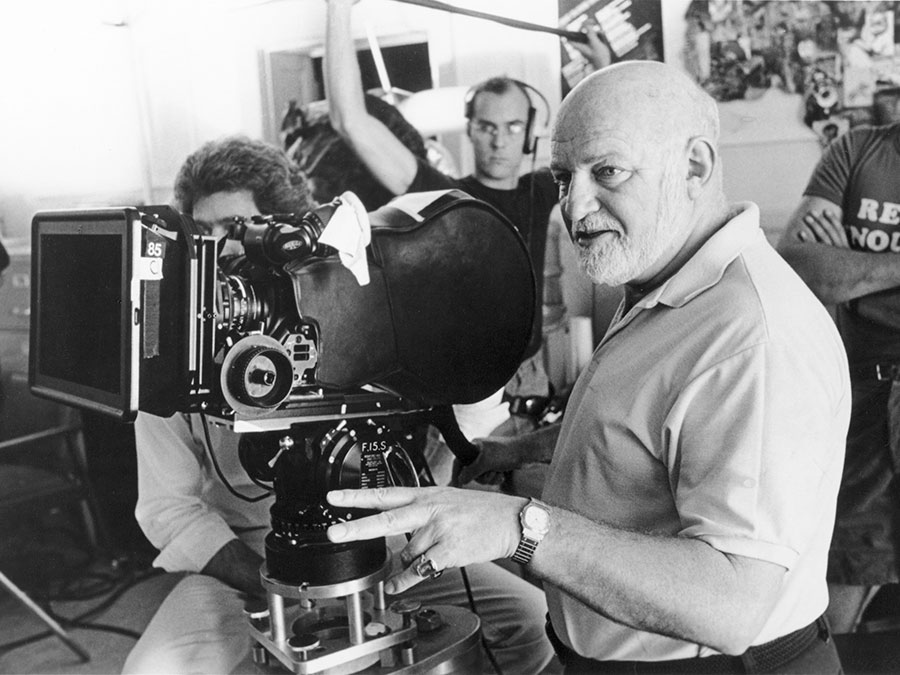
Archaeologists in Egypt have discovered a massive statue that they believe depicts Ramses II, one of the most powerful and longest-reigning kings of ancient Egypt. It was found broken into several pieces submerged in a water-filled pit in Matariyyah, a neighborhood in Cairo. Archaeologists estimate that the intact statue would have stood about 26 feet (8 meters) tall. Matariyyah is the site of the ancient Egyptian city of Heliopolis, which was the seat of worship of the sun god, and archaeologists believe that the statue may have been part of the temple there.
The third king of the 19th dynasty, Ramses II is best known for his military campaigns in Asia, which sought to reestablish Egyptian control over Palestine and Syria against the Hittites. His six-decade reign also appears to have been one of the most prosperous periods in ancient Egyptian history, judging by the quantity and scale of the monumental structures he commissioned. He built numerous temples, including two rock-cut temples at Abu Simbel that are among the best-known works of ancient Egyptian architecture. Colossal statues of Ramses II have been found throughout Egypt.
Ramses II is also known to readers of English poetry as the subject of Percy Bysshe Shelley’s famous sonnet Ozymandias (Ozymandias is a Greek name derived from Ramses’ throne name). The poem describes the ruins of a colossal statue, lost deep in the desert, bearing the inscription “‘My name is Ozymandias, king of kings: / Look on my works, ye Mighty, and despair!’”











